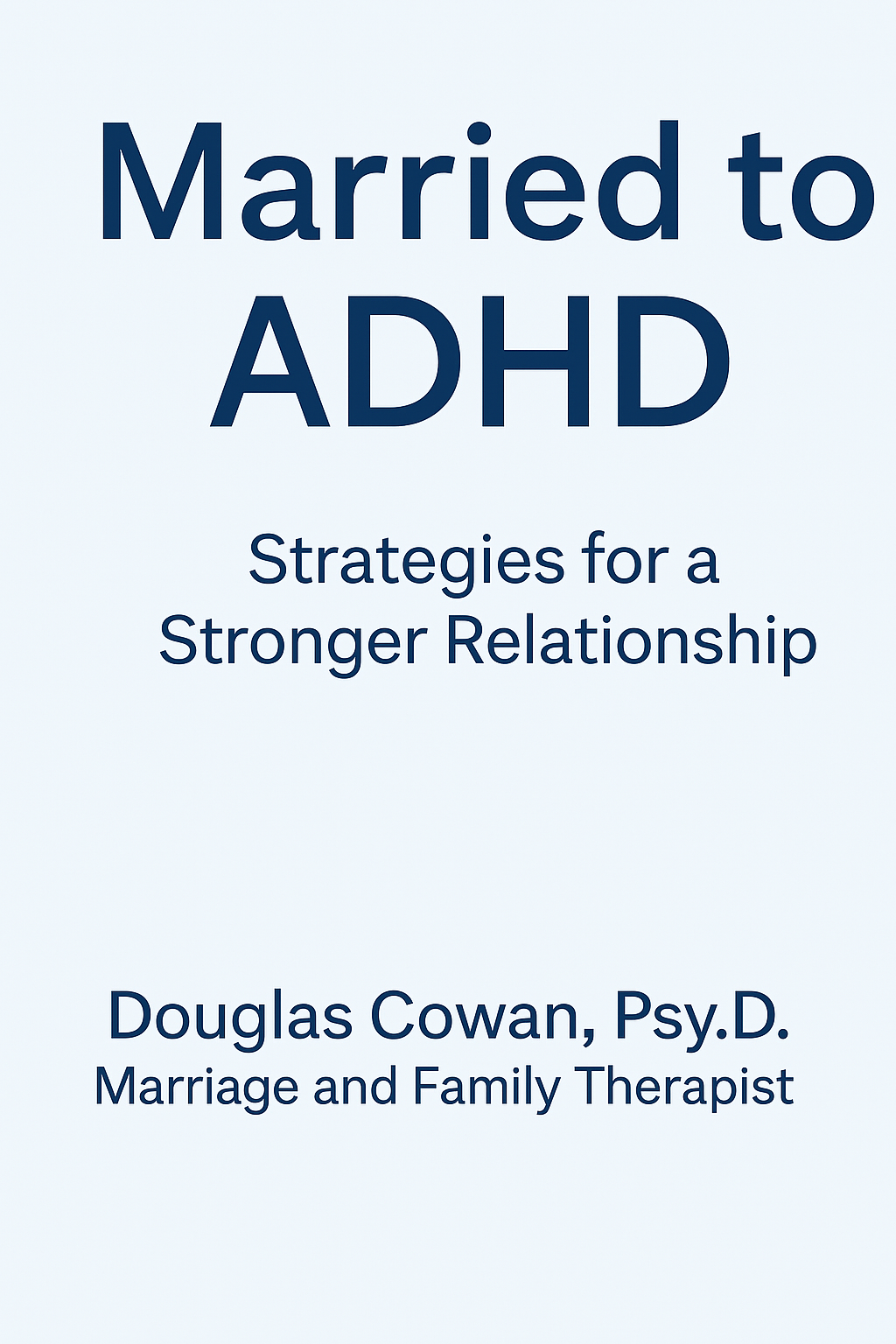The 5 ADHD Relationship Types (Based on Hundred Acre Wood Characters)
And What Each One Needs Most in a Marriage
Every marriage impacted by ADHD is unique. But after working with hundreds of couples over the years, I’ve noticed a pattern—certain ADHD “types” show up again and again in relationships.
To help couples understand themselves and each other better, I’ve created an easy-to-remember framework using characters from the world of Winnie-the-Pooh. Each one reflects a different emotional and behavioral pattern we often see in ADHD.
You’ll likely recognize your spouse—or yourself—in one (or more) of these.
🐻 1. Winnie-the-Pooh Type: The Forgetful, Gentle Drifter
ADHD Traits: Inattentive, under-stimulated, slow-moving, dreamy
These spouses are kind, thoughtful, and sincere—but often mentally absent. They forget plans, drift in conversations, and have trouble getting started on anything that feels overwhelming.
What they say:
- “I meant to do it, I really did… I just forgot.”
- “Wait… what were we talking about again?”
- “I’m sorry—I wasn’t trying to ignore you.”
What they need:
- Visual reminders and structured routines
- Gentle prompting without shame
- A calm partner who helps them reengage without scolding
🐯 2. Tigger Type: The Impulsive, High-Energy Reactor
ADHD Traits: Hyperactive, emotional, quick to interrupt or explode
Tigger types bring energy, fun, and spontaneity—but also chaos and conflict. They interrupt, lose things, talk nonstop, and can explode emotionally when overwhelmed.
What they say:
- “I just said it—I wasn’t thinking.”
- “Why are you always on my case?”
- “I didn’t mean to yell, I was just frustrated.”
What they need:
- Emotional regulation tools
- Movement, exercise, and stimulation outlets
- A partner who stays calm, firm, and doesn’t escalate with them
🐰 3. Rabbit Type: The Over-Focused, Controlling Partner
ADHD Traits: Rigid, perfectionistic, anxious, sensitive to disorder
Though not a traditional ADHD profile, these individuals may be overly structured or obsessive. They get angry when plans change, and often feel alone in holding things together.
What they say:
- “I can’t do everything myself!”
- “Why am I the only one who cares about this?”
- “Why can’t you just follow the plan?”
What they need:
- Flexibility training and letting go of perfection
- Honest conversations about roles and burdens
- A partner who shows appreciation for their drive—and also sets healthy boundaries
🐷 4. Piglet Type: The Anxious Avoider
ADHD Traits: Sensitive, passive, overly apologetic, afraid of conflict
Piglet types may struggle with low self-esteem, social anxiety, and a fear of getting in trouble. They often avoid hard conversations and may let their partner take the lead—even when it creates imbalance.
What they say:
- “I didn’t want to upset you.”
- “I’m sorry… I just thought maybe it was my fault.”
- “Can you just decide? I’m not good at this.”
What they need:
- Encouragement and empowerment
- A safe, non-critical partner who gently draws them out
- Support for anxiety, trauma, or depression that may underlie ADHD symptoms
🐴 5. Eeyore Type: The Low-Energy, Emotionally Withdrawn Partner
ADHD Traits: Sluggish cognitive tempo, low motivation, depressive tendencies
These partners may feel like they’re “too tired to care.” They move slowly, struggle to initiate tasks, and often don’t engage emotionally, leaving their partner feeling lonely and unimportant.
What they say:
- “It doesn’t matter anyway.”
- “Whatever you want—I don’t care.”
- “I just need to be left alone.”
What they need:
- Compassionate support (not tough love)
- Treatment for depression, trauma, or sleep issues
- Small goals, positive reinforcement, and structure to help them reengage
Couples Often Fall Into “Opposite Roles”
Sometimes the ADHD partner is Tigger… and the other becomes Rabbit.
Or one is Pooh… and the other turns into the constant planner or critic.
That dynamic leads to burnout, control battles, or emotional detachment. Naming the pattern helps break the cycle.
How to Use These Types in Your Marriage
- Recognize your strengths and vulnerabilities
- Stop blaming character—and start supporting the brain
- Talk about these types with your spouse using humor, not judgment
- Use this insight to build practical routines and emotional safety
Final Thought: Understanding Creates Compassion
ADHD doesn’t always look like forgetfulness or restlessness. It often shows up as:
- Anxiety
- Emotional numbness
- Over-control
- Conflict-avoidance
- Disconnection
When you understand your partner’s ADHD “type,” you move from blame to bonding.
